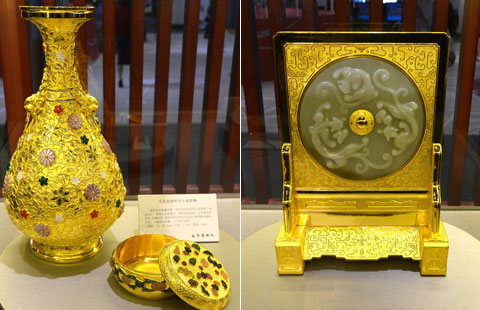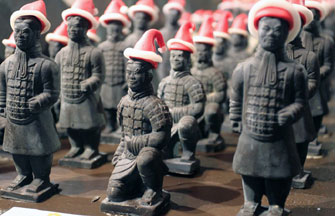Novel on life and death of a funeral singer reveals history
By Liu Zhihua ( China Daily ) Updated: 2014-11-26 07:39:15Laohei kills Sifeng out of mercy. Then the soldiers kill him.
This is just one tragic tale from the turbulent periods of the revolution, "cultural revolution" (1966-76) and economic reforms.
The book reveals both the selfish and selfless sides of humanity. It also shows good people can be driven to evil, and vice-versa.
Every chapter is prefaced with an excerpt from Shanhaijing (The Classic of Mountains and Seas)—a collection of legends about geography written more than 4,000 years ago. The way Shanhaijing chronicles one mountain after another inspired Jia to write about one village after another, he says.
Italian embassy translator and cultural officer Patrizia Liberati praises the way in which readers know what time period events take place even though no years are given.
"You just know when the time is as you read the novel, no matter if you are familiar with Chinese history or not," Liberati says.
"It's like a circle, without starts and ends, which echoes as history itself. Personally, I think history cycles."
Chinese Writers' Association critic Li Jingze says the unique structure demonstrates Jia's understanding of the relationships among history, literature and memory. He believes it's an "exquisite salute" to the Chinese classic A Dream of Red Mansions, since both delve into life's meaninglessness and fate.
|
|
|
|
|
|
|
|




















 Raymond Zhou:
Raymond Zhou: Pauline D Loh:
Pauline D Loh: Hot Pot
Hot Pot Eco China
Eco China China Dream
China Dream China Face
China Face




